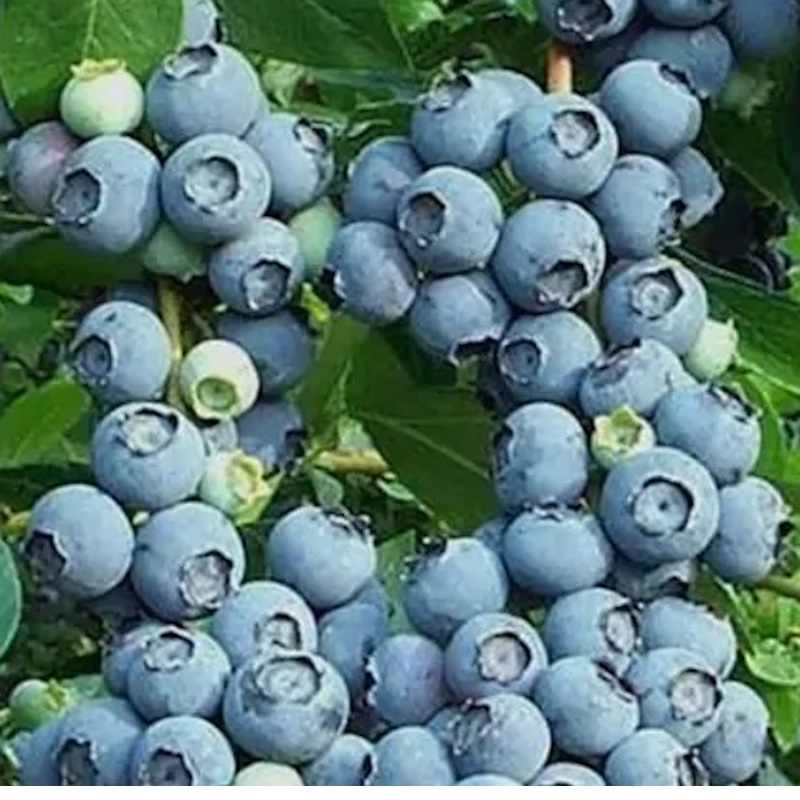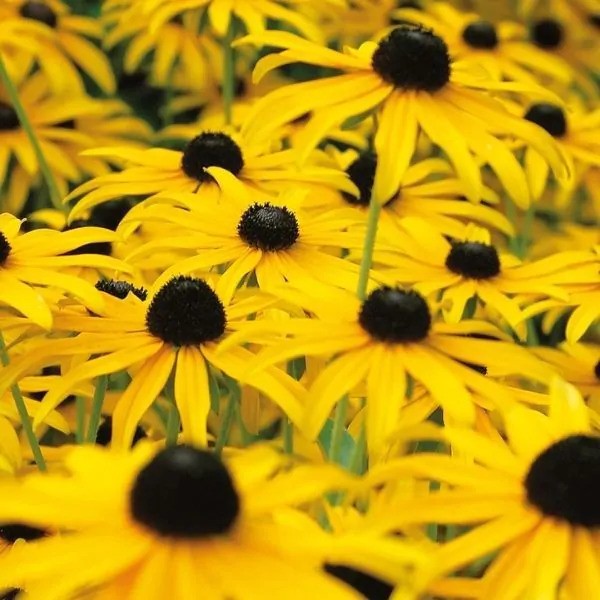5 types of bees – what to plant to attract them to your garden, according to entomologists
There are thousands of types of bees and they all play an important role in the ecosystem


Welcoming wildlife into your garden is a joy to see and can benefit the ecosystem as each creature has an important role to play. Pollinators are attracted to nectar-rich sources and aid the growth of new plants by transporting pollen between plants and fertilizing them.
Each year on 20th May World Bee Day is celebrated to recognize the role of bees. If you have created a garden for pollinators, there's no doubt you have included flowers that attract bees and watched as these charming insects enjoy your outdoor space. 'There are over 3,500 species of native bees throughout the US that vary in size and color from small, metallic green sweat bees to fuzzy, black bumble bees. By planting a diverse array of plant species that are native to your area, you will provide nectar and pollen for a number of bee species,' says Beth Choate, entomologist and Deputy Director for Washington College's Center for Environment and Society.
If you're struggling to bring bees to your yard or simply want to know more about the different bees using your garden, we've got you covered. Discover our list of five types of bees and what to plant to attract them below.
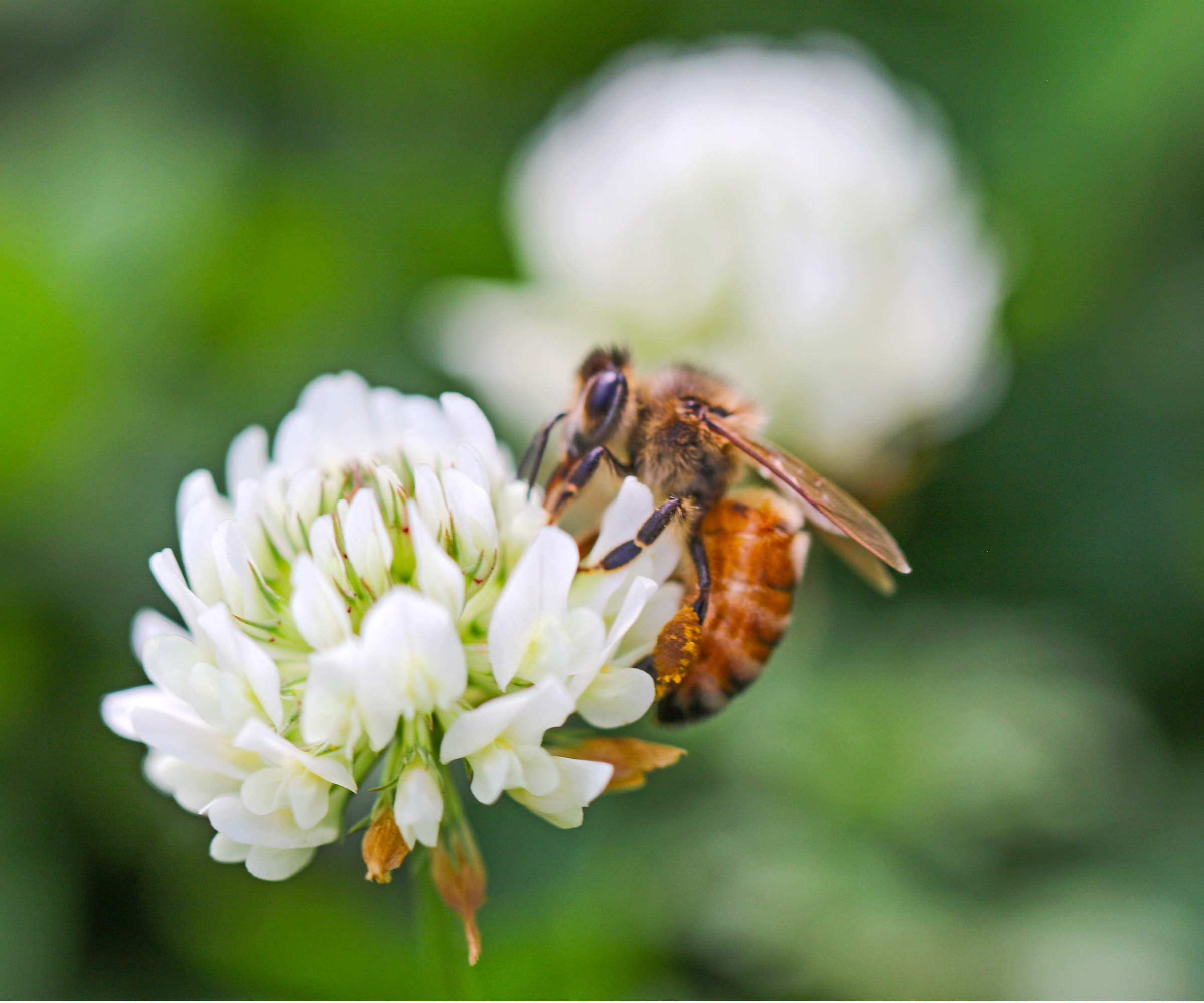
5 types of bees and what to plant to attract them
Everyone knows that having plants for pollinators is a crucial element of creating a wildlife garden, but you might be asking yourself which plants attract which kinds of bees and what role each of those bees play. We asked experts about different types of bees and they shared what you should plant to attract them.
1. American Bumble Bee
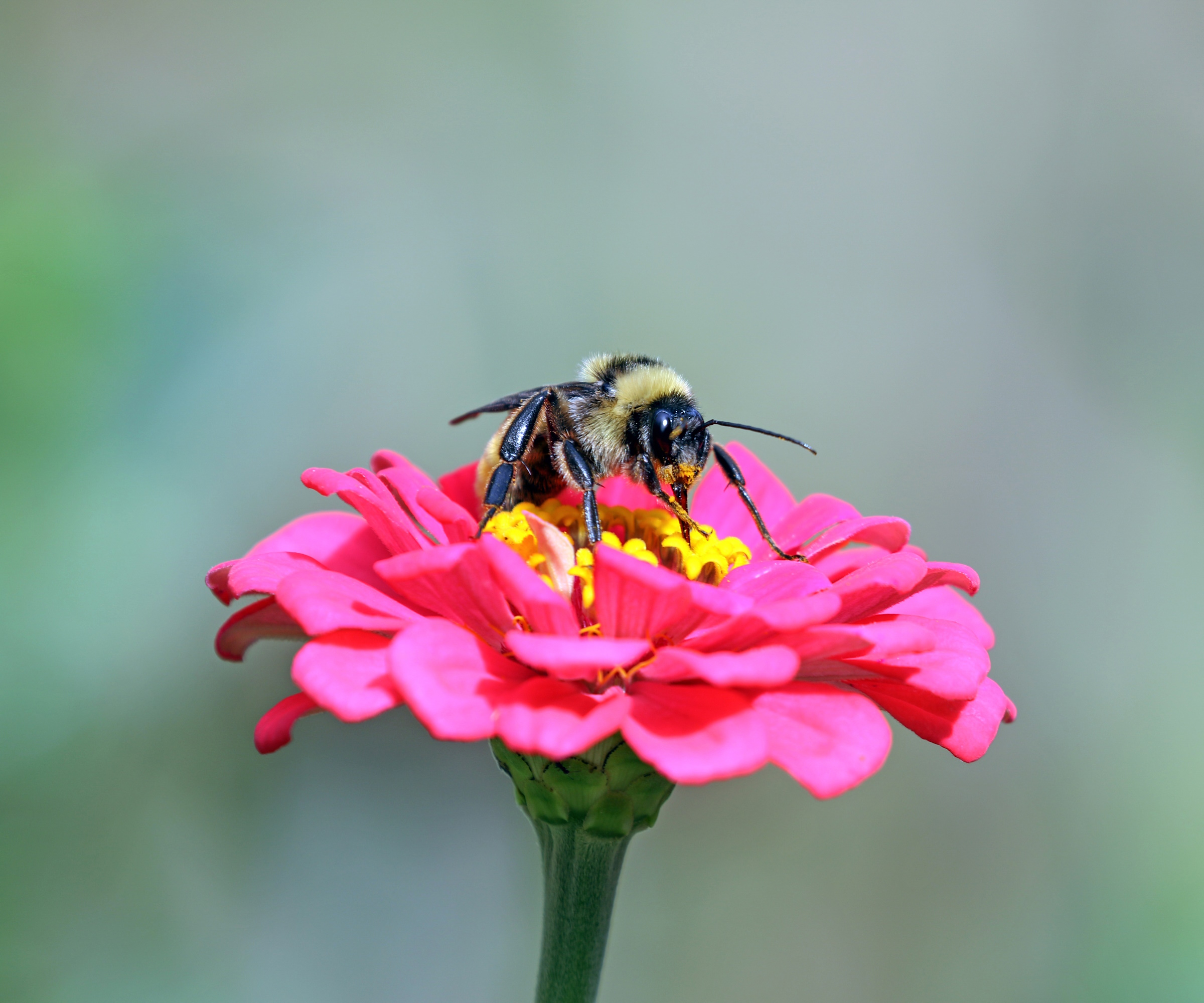
Once thought to be the most common bee in the US, the American bumble bee, or Bombus pensylvanicus, is a bee with a black head and yellow and black striped, hairy body, measuring around 18mm on average. These bees can mostly be found in the eastern US and like other bumble bees, this type of bee helps pollinate different flowers and crops.
'There are 49 species of bumble bee in the US, the American bumble bee was once thought to be the most common but is now in serious decline,' says Dennis vanEngelsdorp, entomologist and professor at the University of Maryland.
These bumble bees have become endangered due to habitat loss and other factors. But you can encourage American bumble bees in your yard by choosing nectar-rich blooms.
Design expertise in your inbox – from inspiring decorating ideas and beautiful celebrity homes to practical gardening advice and shopping round-ups.
'Bumble bees are a generalist and will feed on a variety of flowers from bee balm, black-eyed Susans, asters, chives and lavender,' says Beth.
It can be a good idea to plant a wildflower meadow in your yard or even incorporate container plants for pollinators to attract American bumble bees.

Beth Choate is the Deputy Director of Washington College’s Center for Environment and Society. She holds a Ph.D. in Biological Sciences with a focus on insect ecology. Her research focuses broadly on creating sustainable systems. Much of her published work focuses on insect diversity throughout human-managed systems such as agricultural cropping systems and urban spaces.
2. Honey Bee
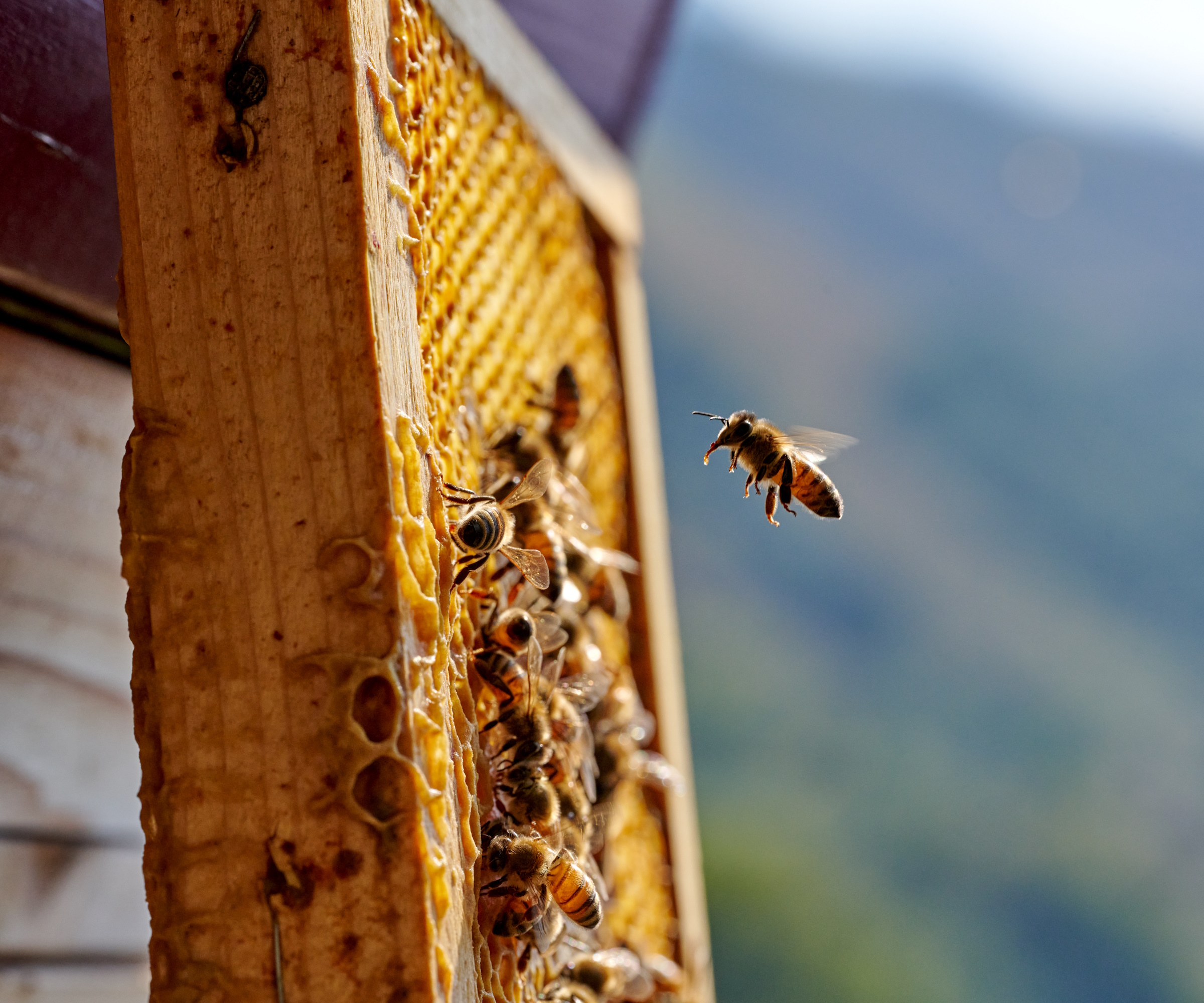
Another important pollinator, honey bees are a type of bee not native to the US but now popular among US beekeepers for their help pollinating plants and making honey from collected nectar. Apis mellifera is the most common species of honey bees, around 1cm long with hair on the front part of their body (thorax) and less on the back part of their body (abdomen).
'Honey bees are an introduced species that are actively managed by people,' says Dennis. 'For over a decade beekeepers have reported high loss rates of managed colonies, and the causes of these losses are parasites and disease, pesticides and poor nutrition due to extensive monocultures,' he adds.
If you want to have honey bees in your yard, it's a good idea to get to grips with beekeeping for beginners. To help honey bees carry out their work in your yard, experts suggest having a herb garden, such as growing sage and growing lavender, as well as wildflowers.

Dr. Dennis vanEngelsdorp is an associate professor of entomology at the University of Maryland. He is particularly intrigued with using an epidemiological approach to understanding and (importantly) improving honey bee health. This approach is multi-faceted, requiring understanding both the etiology of individual bee diseases and the large scale monitoring of colony health.
3. Blueberry Bee
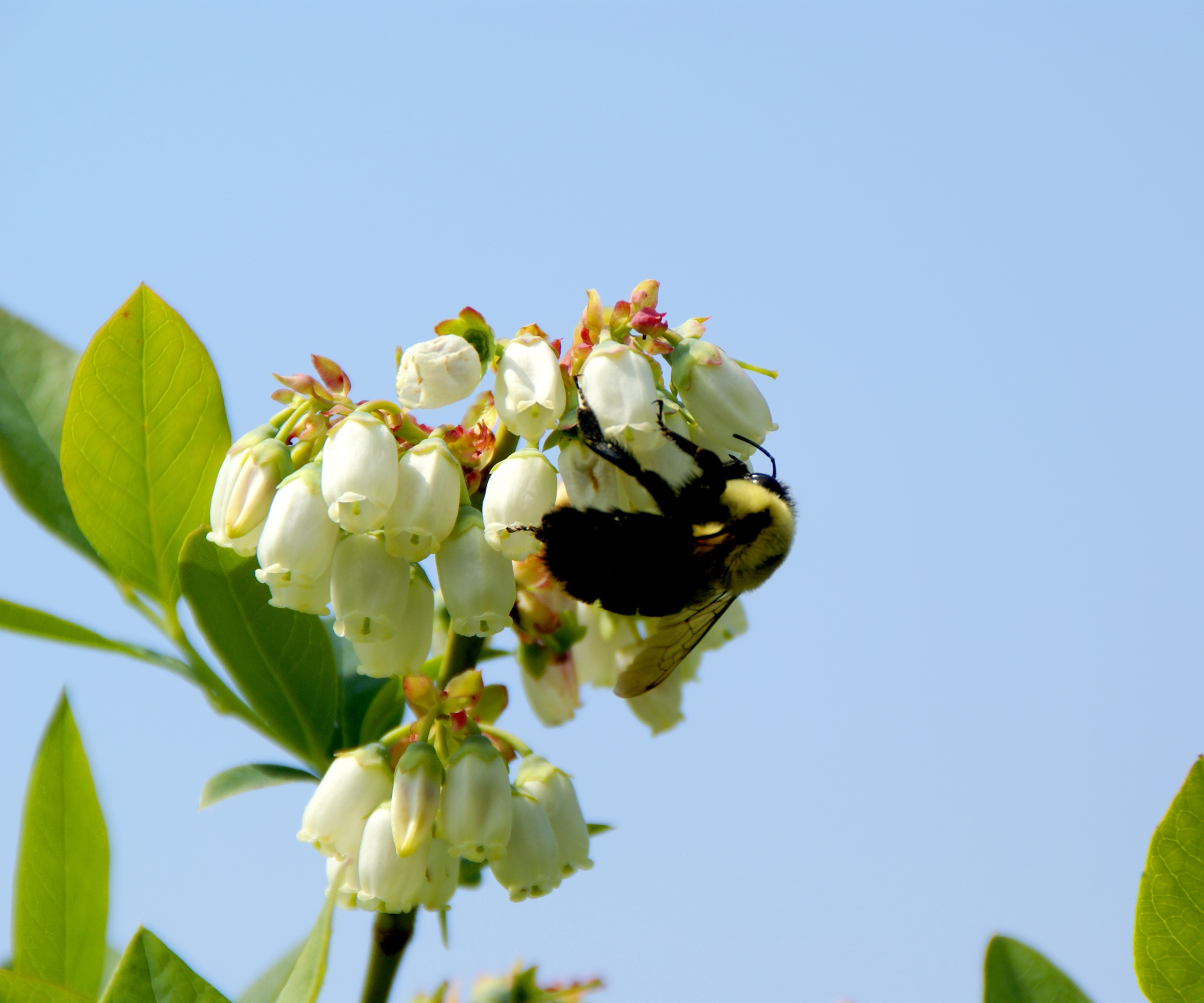
You might mistake a blueberry bee (Habropoda laboriosa) for a bumble bee, as it has a similar appearance in size and patterns on its body. They can be found mainly in the southeastern regions of the US and help pollinate plants using buzz pollination - that is using vibrations to remove and collect pollen.
'Superficially blueberry bees look like bumble bees but they're a solitary bee, not living in a nest,' says Dennis. 'Like bumble bees they buzz pollinate making them very efficient for flowers (like blueberries) that require this kind of pollination,' he adds.
Of course, growing blueberry plants is important for attracting blueberry bees but other early spring bloomers will also be beneficial, like growing azaleas. Experts also say to let flowering weeds for pollinators thrive to encourage these bees, including clovers.
4. Pure Green Sweat Bee

There's no missing pure green sweat bees if you have them in your garden as these bees have a distinctive green, metallic-looking body. They are among smaller bee species, with an average length of 8mm. Also known as Augochlora pura, these bees get their common name from their attraction to sweat, but they also help to pollinate different plants and crops.
'Green sweat bees are a huge group of charismatically colored bees that include hundreds of species that play an important role in pollinating agricultural and natural plants,' says Darren.
Pure green sweat bees can be found as north as Canada through to southeastern regions of the US, like Flordia. They enjoy woodland areas and often make habitats under rotting bark. They are attracted to a range of flowers and experts encourage gardeners to grow black-eyed Susan, grow hydrangea and grow verbena. Creating a wildlife log pile with loose twigs and pieces of bark can also provide a habitat for them.
5. Squash Bee
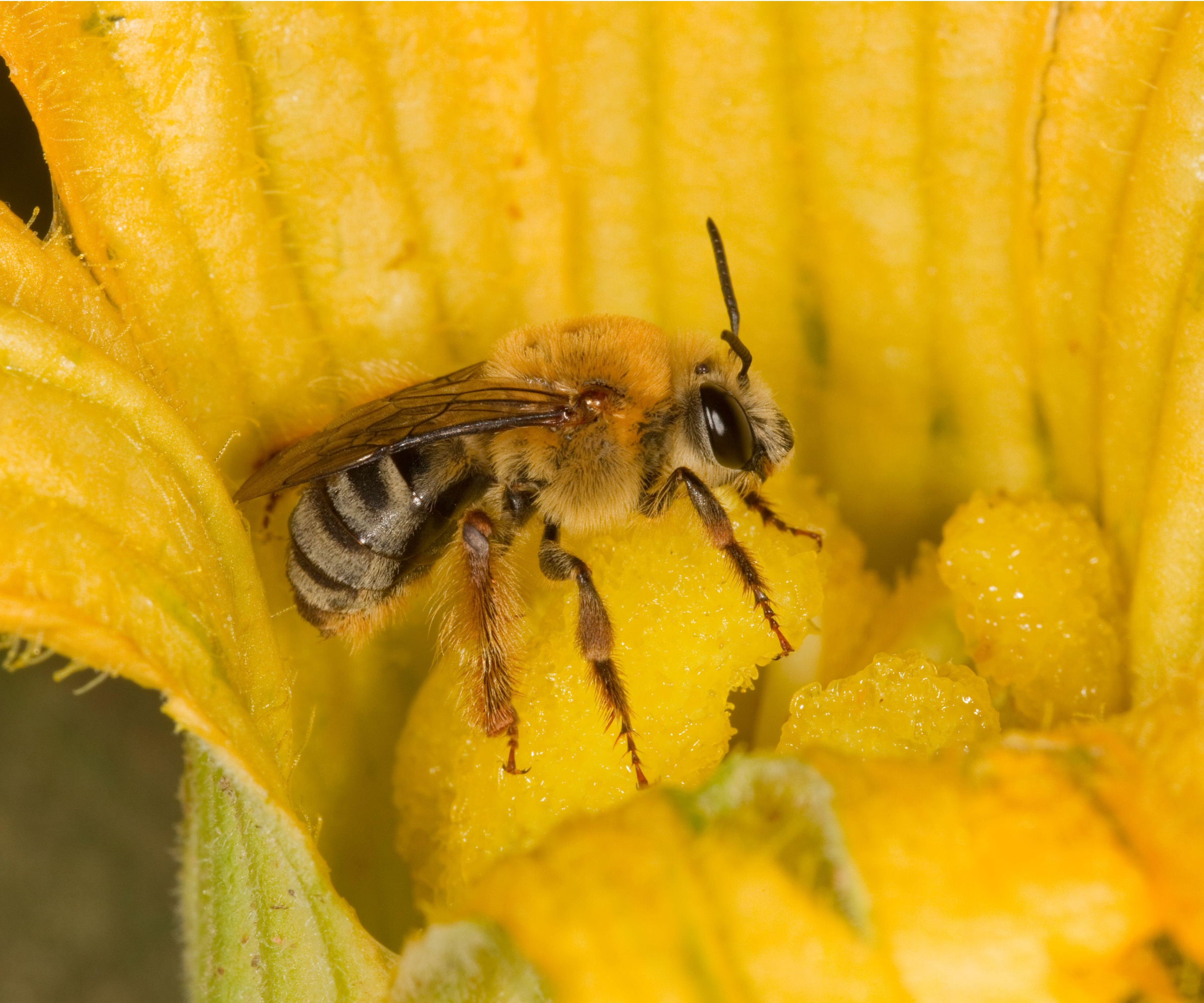
Although similar in appearance to honey bees, squash bees play a different role. The most common type of squash bee is Peponapis pruinosa which have dense hair and are around 12mm long on average. They can be found across the US, parts of Canada and Mexico. As indicated by their name, these bees help pollinate squash crops.
'This is a group of bees that specialize in the pollination of squash, like zucchini, pumpkin and others. The males sleep in squash flowers,' says Dennis.
You can attract squash bees by expanding your vegetable garden, such as growing squash and growing zucchini.
FAQs
How many types of bees are there?
There are over 20,000 known species of bees in the world. These are divided into seven families: andrenidae, apidae, colletidae, halictidae, megachilidae, mellittidae, stenotritidae. Honey bees and bumble bees, both in the apidae family, are the most common species of bees in the US.
Do fragrant plants attract bees?
Yes, bees are attracted to fragrant plants. Many flowers have a strong scent to attract pollinators, including lavender and peonies, which can help bring more bees to your backyard. Likewise, herbs attract bees - including chives and bee balm - and you should let them flower to provide nectar sources for them.
As we celebrate World Bee Day to recognize the important role of bees, see how many different types you can spot in your yard. There is a whole range of bees and each one is attracted to certain plants.
Why not explore other ways to attract bees to your garden, including making a bug hotel and avoiding use of pesticides.

Tenielle is a Gardens Content Editor at Homes & Gardens. She holds a qualification in MA Magazine Journalism and has over six years of journalistic experience. Before coming to Homes & Gardens, Tenielle was in the editorial department at the Royal Horticultural Society and worked on The Garden magazine. As our in-house houseplant expert, Tenielle writes on a range of solutions to houseplant problems, as well as other 'how to' guides, inspiring garden projects, and the latest gardening news. When she isn't writing, Tenielle can be found propagating her ever-growing collection of indoor plants, helping others overcome common houseplant pests and diseases, volunteering at a local gardening club, and attending gardening workshops, like a composting masterclass.


